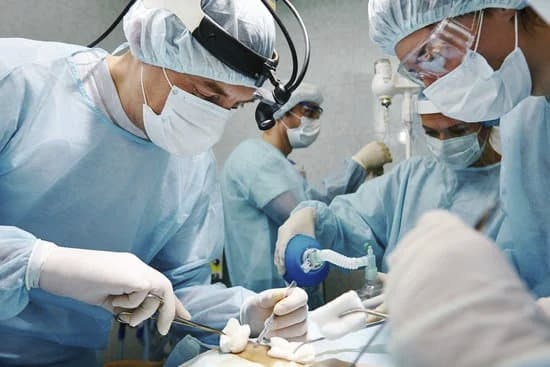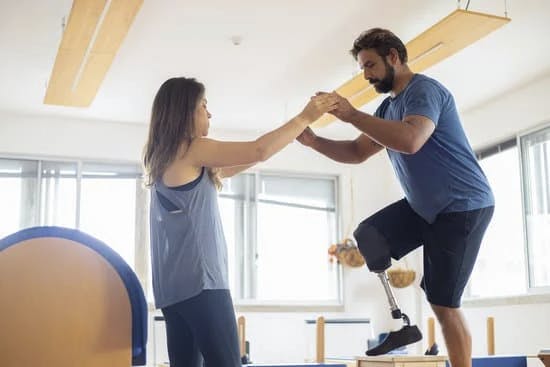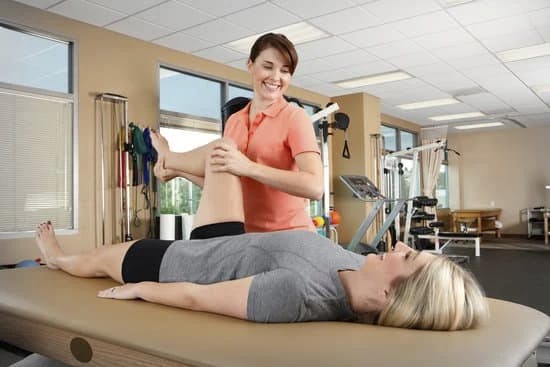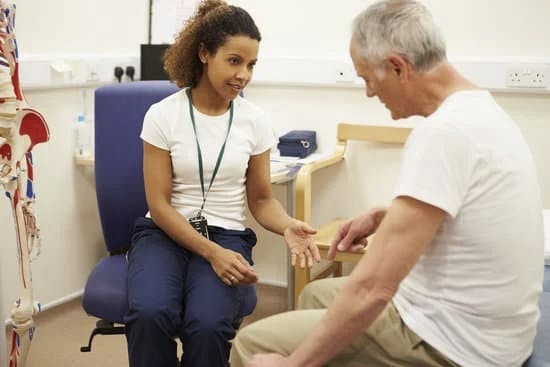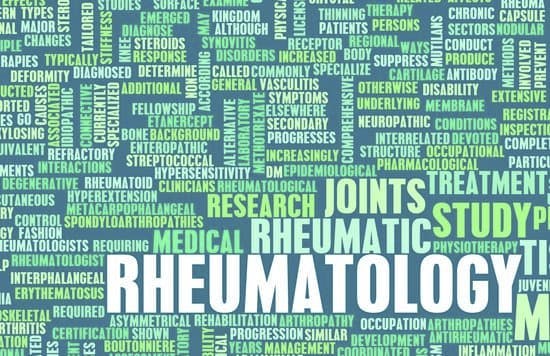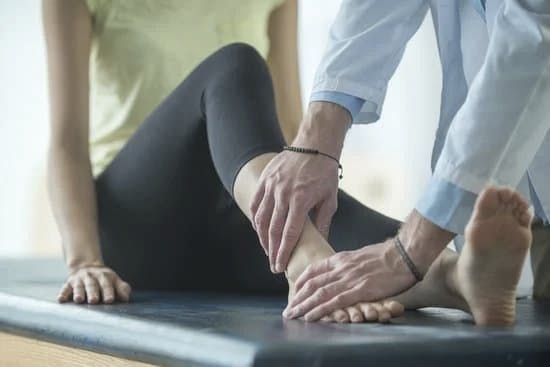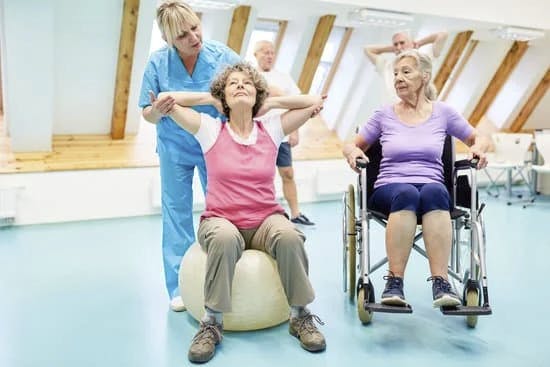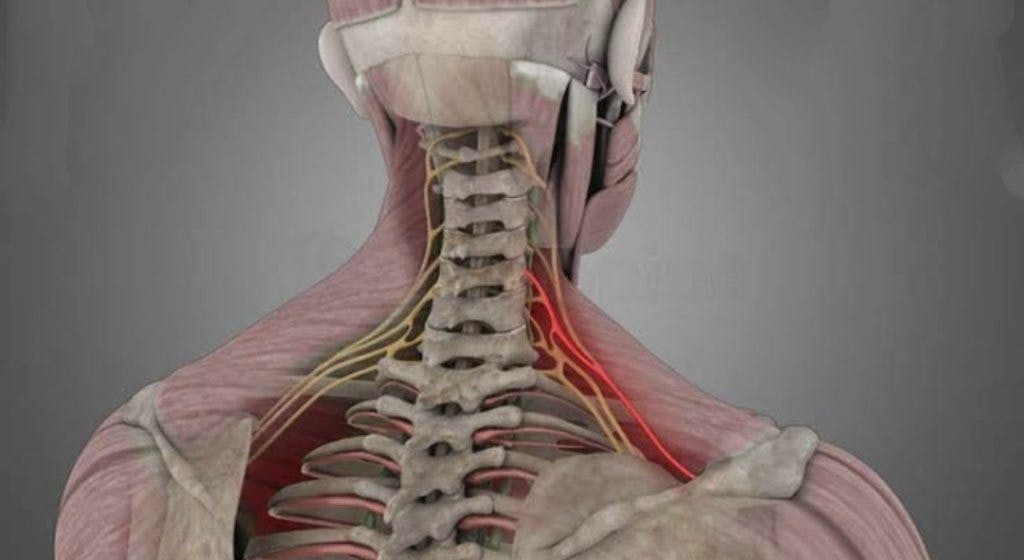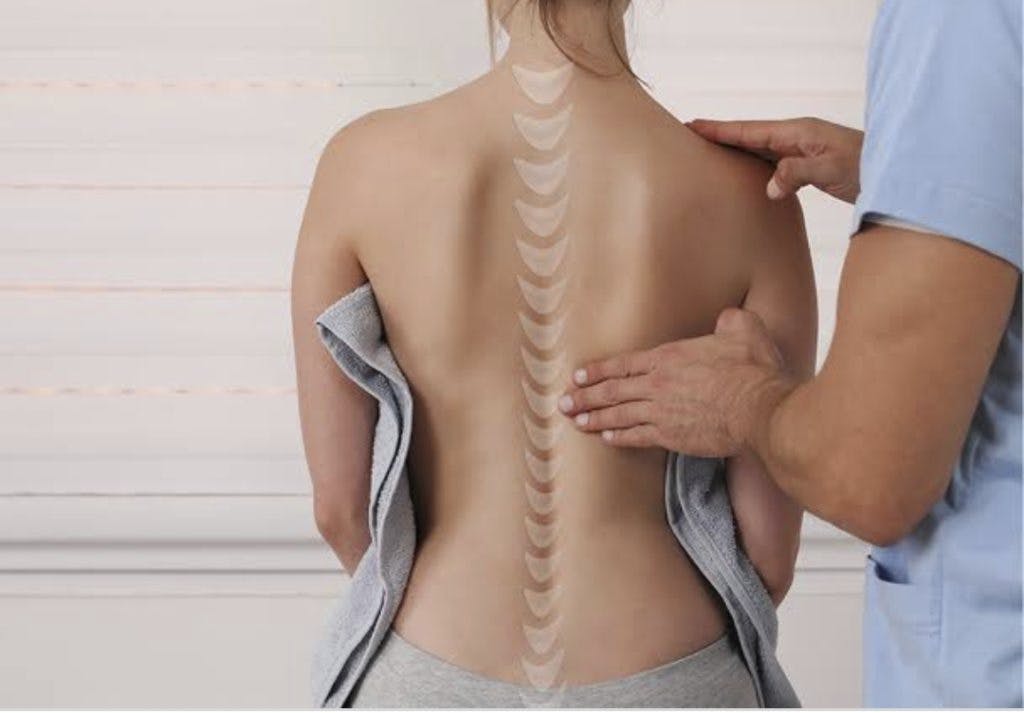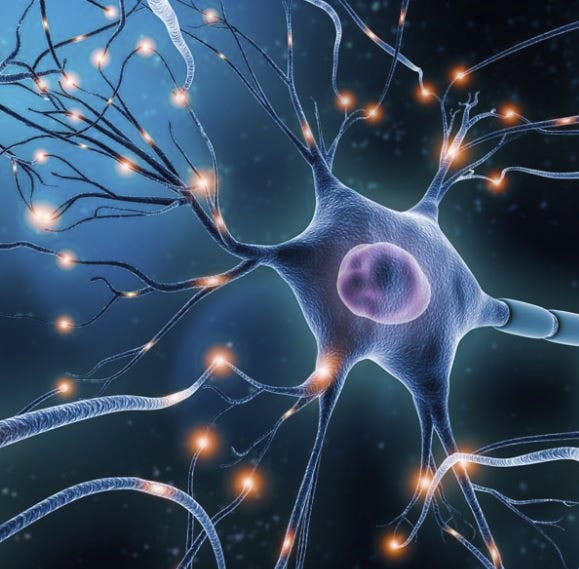
Although there are many advantages to physical therapy during pregnancy, some of them need further focus. In light of this, we’ve listed some of the main benefits of exercising during pregnancy.
Women receive the advantages in a variety of ways, whether it be for internal or external considerations. Check out our article for more information on the primary benefits of physical therapy for expectant mothers!
Helps maintain your posture
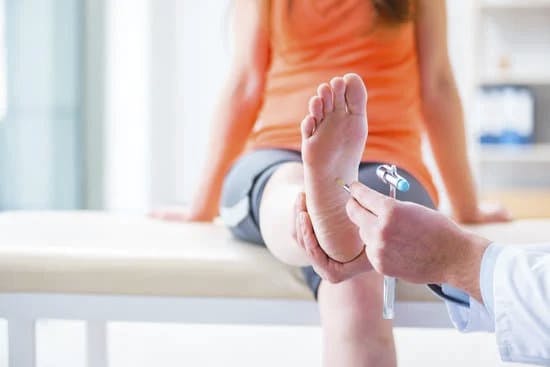
Improving the pregnant woman’s posture is one of the biggest advantages of pregnancy physiotherapy. As the days pass, the size of the belly grows, prompting many moms to begin walking hunched over and resulting in pain in various parts of the spine.
The most afflicted area is ultimately lumbar, which must be curved for extended periods of time as a result. However, pain can be managed, and all overload from the affected area can be removed using physiotherapy exercises. Exercises can be used to keep the equilibrium that is required in the areas impacted by the expansion of the belly. In this manner, it is feasible for the woman to stand up straight without having a lot of difficulties doing so.
In addition to this highly anticipated advantage by many women, PT can also aid in preventing spinal issues that might develop after the baby is delivered. The postpartum period is a crucial time to consider the healing process.
Helps with recovery after childbirth

Since we’re on the subject of the postpartum period, it doesn’t hurt to highlight a few additional benefits that physical therapy can provide at this time. One of the biggest advantages of this practice is that it can help the body heal from any kind of childbirth.
After childbirth, the body’s structure is altered since the recuperation period is so painful. Physical therapy can, however, assist in lessening these unwelcome symptoms, providing greater calm to the healing process.
The body of a pregnant woman changes not only in terms of structure but also in terms of look. Therefore, postpartum depression and low self-esteem may arise after the baby is born. However, by using physiotherapy to aid in the healing process, it is feasible to work the abdominal area and get it back to where it was as quickly as possible. Additionally, the pelvic floor needs to get more attention.
Dysfunctions could develop if you don’t get the right care. Physical therapy, however, aids in controlling all potential symptoms. It is an all-encompassing support effort for the former expectant mother’s recovery.
Physical therapy is an ally of normal birth
Physical therapy may help pregnant women gain more control over their pelvic floor, which would make completing routine deliveries easier and more likely. Through this approach, the region becomes much more coordinated.
The birth of the kid strongly impacts the region because the uterus grows heavier and because of the numerous hormonal changes that take place during this time. During pregnancy, the floor necessitates specific attention. You can exercise the area through physical therapy and hasten the baby’s exit from your body. This also occurs as a result of the breathing exercises, which are essentially a simulation of what should be done during labour.
In this approach, the mother can practise the behaviour she will need to exhibit when giving birth. The breathing process is crucial, therefore the more planning you do ahead of time, the better it will be for mother and child. The naturally painful process of childbirth becomes less strenuous for women with improved control of breathing and the floor area. Physiotherapy has a lot to offer those who want to give birth normally.
Decreases the risk of pregnancy problems arising

Unfortunately, it happens frequently for many women to experience health issues during pregnancy, including diabetes and hypertension. It is crucial to have techniques that lower the likelihood of such diseases developing. Physical treatment is a potent ally in the battle against gestational issues because it lowers the risk of having a disease of the kind.
Additionally, it is quite good at lowering the expectant mother’s stress levels. Speaking of stress, it’s critical to emphasize how crucial it is that pregnant women not be routinely exposed to excessive levels of stress. This is due to the potential for more horrible outcomes for individuals involved in this situation.
In the worst-case situation, a pregnant woman’s excessive stress could even result in a miscarriage. Additionally, this may result in a number of additional issues, like excessive weight gain. This directly impacts a woman’s self-esteem, which can lead to sadness. A problem that initially seems innocuous has the potential to escalate over time.
Increases circulation and a sense of well-being
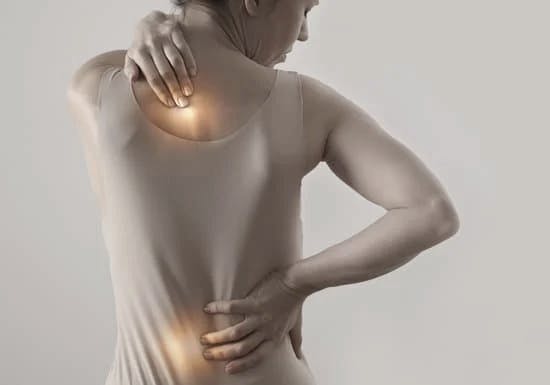
As the last benefit of physiotherapy in pregnancy, we can note that the exercises end up activating the blood circulation in the body. In the end, this results in a significant reduction in the natural swelling of this time, particularly in the lower half.
It is also important to note that, in addition to lowering the typical joint pain experienced during this period, the increase in circulation also gives women a sense of wellbeing. This enhances pregnant women’s quality of life.
Although fluid retention during pregnancy is very typical, as we’ve seen, it can be prevented with a few physical therapy activities. She can be a strong ally to protect your future health and the future health of your unborn child.
Additionally, see a doctor before beginning any physical activity so that he may examine your situation and determine whether the practise is appropriate for you. Physiotherapy is, in any case, only permitted after the second trimester of pregnancy. In any case, make sure to find a local physical therapist so that he can assist you in this matter as effectively as feasible.
Best Physical Therapy near me
Austin Physical Therapy Specialists is the best physical therapy in Austin, Texas. They have a team of highly qualified and experienced therapists who will help you recover from any injury. Their facilities are top-notch and offer various services to fit your needs. If you’re looking for the best physical therapy in Austin, look no further than Austin Physical Therapy Specialists!




